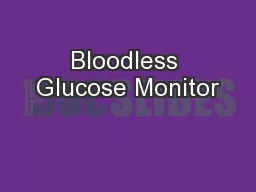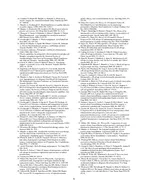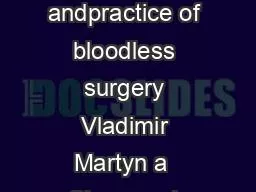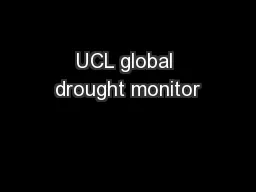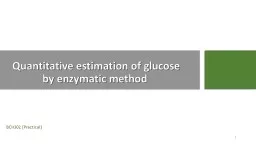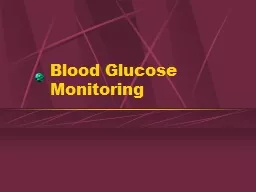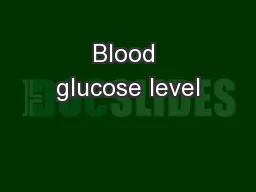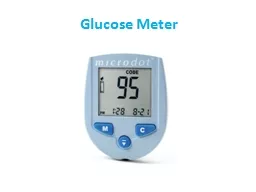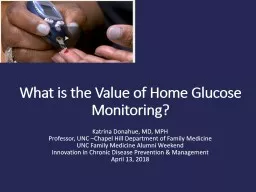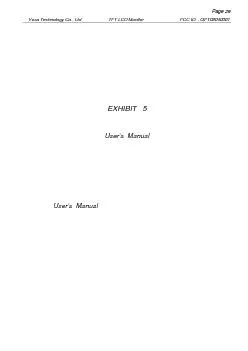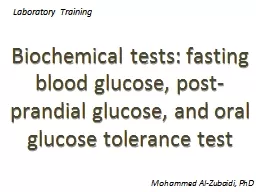PPT-Bloodless Glucose Monitor
Author : calandra-battersby | Published Date : 2017-07-13
Presented by Tom Zhou Team Members Cong Zhang and Nelson Wu Client Dr Jeffrey Brooks DPM Need Diabetes mellitus attributed to malfunction of insulin production a
Presentation Embed Code
Download Presentation
Download Presentation The PPT/PDF document "Bloodless Glucose Monitor" is the property of its rightful owner. Permission is granted to download and print the materials on this website for personal, non-commercial use only, and to display it on your personal computer provided you do not modify the materials and that you retain all copyright notices contained in the materials. By downloading content from our website, you accept the terms of this agreement.
Bloodless Glucose Monitor: Transcript
Download Rules Of Document
"Bloodless Glucose Monitor"The content belongs to its owner. You may download and print it for personal use, without modification, and keep all copyright notices. By downloading, you agree to these terms.
Related Documents

